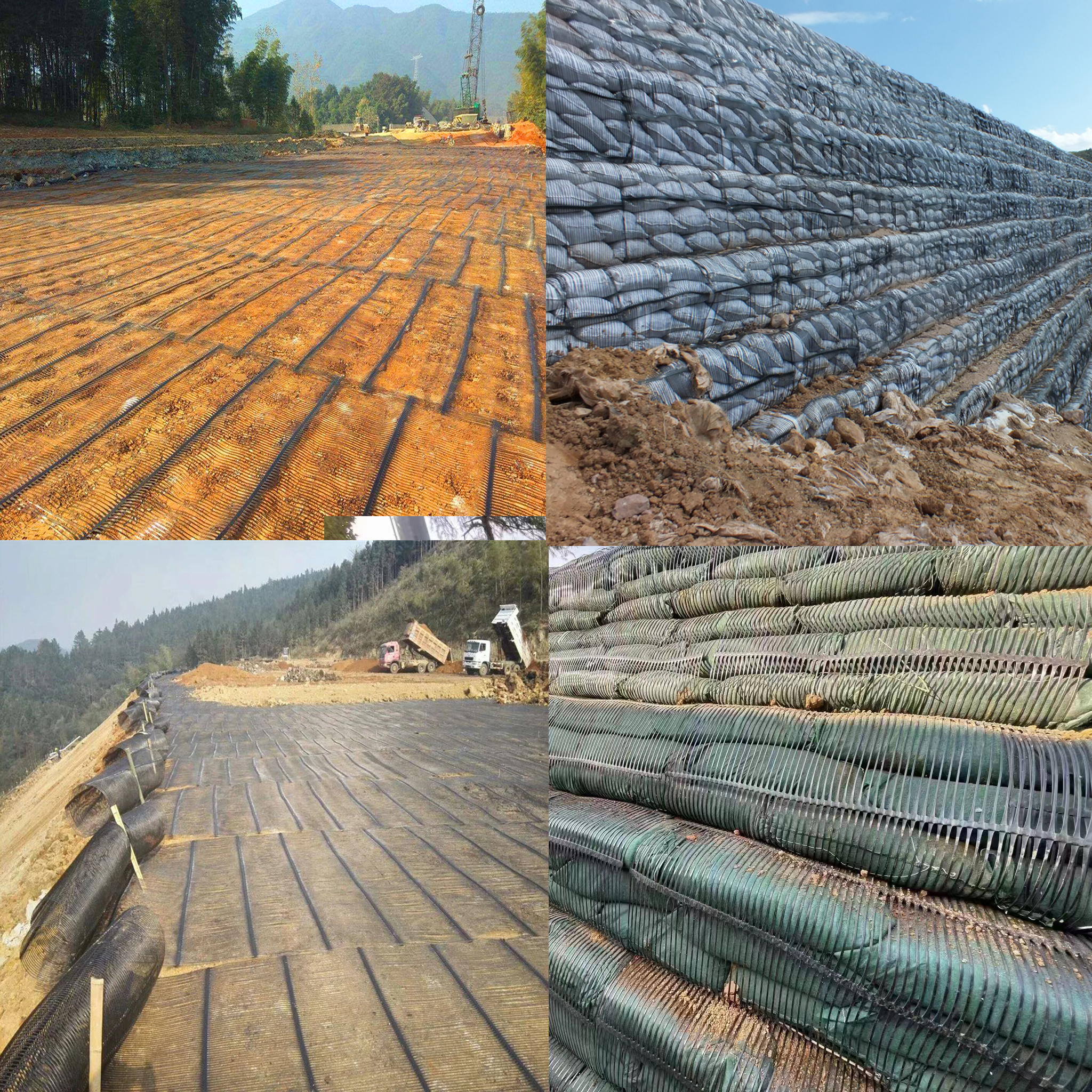Uniaxial geogrids are an innovative solution used in civil engineering and construction projects. They are designed to provide an effective layer of reinforcement to the soil, preventing it from moving laterally and increasing overall stability. In this article, we’ll take a closer look at what uniaxial geogrids are, their characteristics, and their applications in the field.
.jpg)
Geogrids generally refer to geosynthetics made of polymers. Polymers such as high-density polyethylene (HDPE), polypropylene (PP), and polyester (PET) are widely used in the manufacture of geogrids due to their high tensile strength and resistance to environmental factors. Geogrids, including uniaxial geogrids, are commonly used to reinforce soil and facilitate the construction of various structures.
So, what exactly is a uniaxial geogrid? Its name is derived from the term "uniaxial," meaning single axis, which indicates that the geogrid's primary load-bearing capacity is along its main axis. This essentially means that resistance to lateral soil movement is its primary function. Uniaxial geogrids consist of closely spaced parallel ribs or rods running along their length. These ribs are interconnected by regular or staggered integral joints, forming a grid-like structure.
There are several advantages to using uniaxial geogrids. First, their high tensile strength provides an effective reinforcement system for soil compared to traditional construction methods. These geogrids can withstand considerable loads and distribute them evenly, minimizing the risk of soil deformation and structural failure. Additionally, uniaxial geogrids offer exceptional durability and can withstand harsh environmental conditions, including UV radiation and chemical exposure.

Uniaxial geogrids have a wide range of applications in civil engineering and construction projects. One of their main uses is in the construction of retaining walls. The high strength of uniaxial geogrid allows it to stabilize soil backfill and ensure the long-term stability of the structure, even in challenging terrain. These geogrids are also used in slope stabilization projects to prevent soil erosion, especially in areas where steep slopes are prone to landslides.
Road and rail construction also benefit from the incorporation of uniaxial geogrids. By placing these geogrids in the base and subbase of pavement structures, their tensile strength enhances load distribution and reduces crack formation. This extends the life of your road or rail and improves performance.
Additionally, uniaxial geogrids have been shown to be useful in foundation reinforcement. By using these geogrids, the bearing capacity and stability of weak soils can be significantly improved. They can be used in combination with other geosynthetics, such as geotextiles, to stabilize soil and improve ground conditions.
In summary, uniaxial geogrid is a geosynthetic material used to strengthen soil and improve the overall stability of civil engineering and construction projects. Its main feature is its ability to resist lateral movement of soil and is particularly suitable for retaining walls, slope stabilization, highways, railways and foundation reinforcement. With its high tensile strength, durability and effectiveness, uniaxial geogrids have become an integral part of modern construction practice, providing sustainable and long-lasting solutions.
Post time: Oct-13-2023